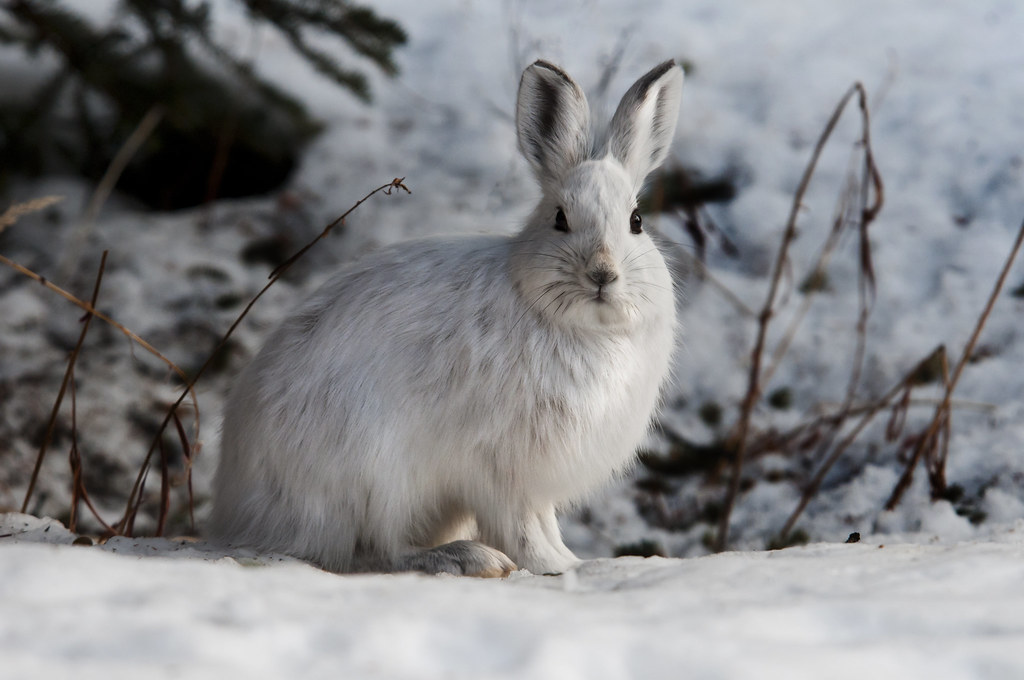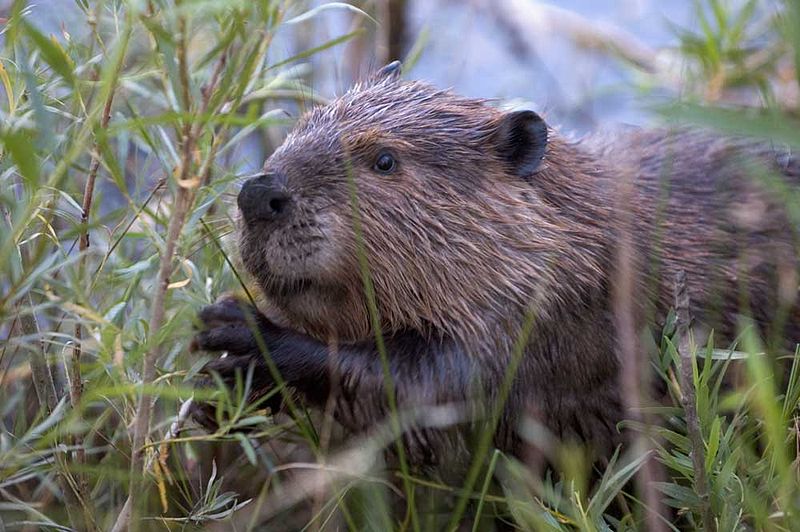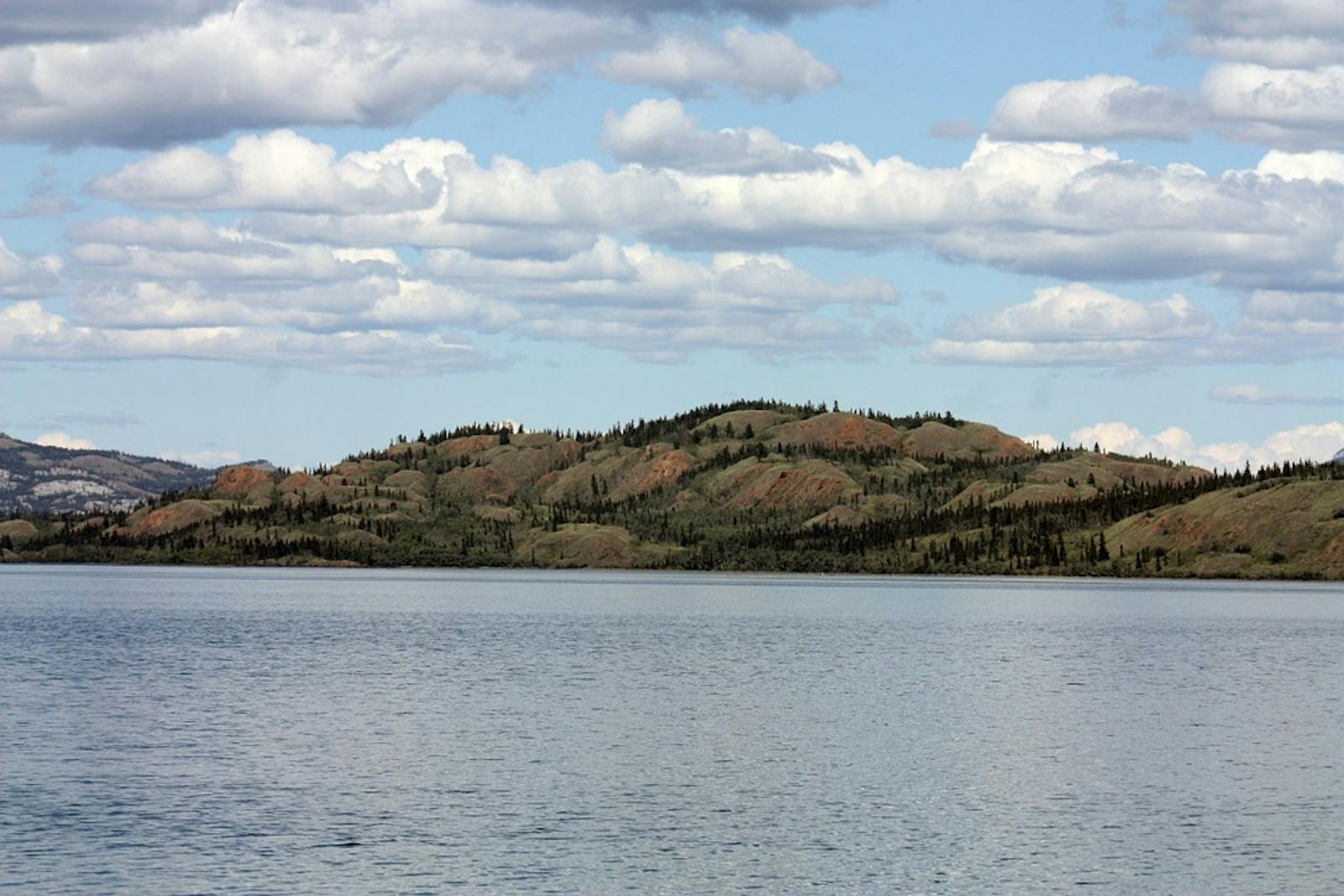Watson Highlands Taiga
The ecoregion’s land area is provided in units of 1,000 hectares. The conservation target is the Global Safety Net (GSN1) area for the given ecoregion. The protection level indicates the percentage of the GSN goal that is currently protected on a scale of 0-10. N/A means data is not available at this time.
Bioregion: Greater Yukon (NA6)
Realm: Subarctic America
Ecoregion Size (1000 ha):
23,824
Ecoregion ID:
383
Conservation Target:
98%
Protection Level:
0
States: Canada: YT, BC, NT
The Watson Highlands Taiga ecoregion includes a large part of the Yukon Plateau and other highlands, ranging from the southwestern edge of Northwest Territories in the east, westward across northern British Columbia and a larger area of southern Yukon Territory, almost to Alaska. Its southwestern edge is barely within the spectacular Kluane National Park and Reserve.
Formerly called the Yukon Interior Dry Forests ecoregion, with somewhat different boundaries, the present Watson Highlands Taiga ecoregion is bounded by the Ogilvie-Mackenzie Alpine Tundra ecoregion on the north, the Muskwa-Slave Lake Taiga ecoregion on the east, the Northern Cordillera Forests ecoregion on the south, and the Alaska-St. Elias Range Tundra and Interior Yukon-Alaska Alpine Tundra ecoregions on the west. Whitehorse, the capital and only city in the Yukon Territory, lies within this ecoregion. Whitehorse, named after the White Horse Rapids, which resemble the mane of a white horse, is noteworthy for having the least air pollution of any city in the world, according to the Guinness World Records.

The flagship species of the Watson Highlands Taiga ecoregion is the common raven. Image credit: Creative Commons
The climate of the Watson Highlands Taiga ecoregion is dry subarctic. The average temperature in summer across the ecoregion is around 11°C and winter temperatures range from -19°C to -16.5°C. Average annual precipitation is in the 225–400 mm range across the ecoregion but is drier in the rain shadow of the Coast Mountains; Whitehorse is the driest city in Canada, with annual rainfall of 145 cm and annual snowfall of 1,450 mm. The topography is generally rolling hills and plateaus separated by broad and often deeply cut valleys. Most elevations are above 1,000 m and permafrost is discontinuous.
The boreal forest is dominated by black spruce and white spruce, with lodgepole pine on the driest sites and burned areas. Fire is the dominant agent of natural disturbance, and fires are frequent enough that relatively young successional forests are more common than old growth. Grasslands often occur on south-facing slopes at low elevations. These are some of the most northern grasslands in North America, and their juxtaposition with boreal forest in this ecoregion is unique.
The subalpine zone is usually dominated by subalpine fir, along with dwarf birch and willow up to the tree line. The higher alpine zone is characterized by mountain avens, dwarf shrubs, forbs, grasses, and lichens. Among the characteristic mammals are caribou, moose, mountain goat, Dall sheep, grizzly bear, black bear, wolf, coyote, beaver, and snowshoe hare. Noteworthy birds include common raven, golden eagle, and ptarmigan.

Snowshoe hare. Image credit: NPS Climate Change Response, Creative Commons
With only 5% of its area within protected areas, the Watson Highlands Taiga ecoregion clearly requires significantly more protection before the existing threats intensity. Chief among these threats is habitat fragmentation related to transportation corridors and urban growth around Whitehorse. Timber harvest and mining also pose a problem in some areas.
Priority conservation actions for the next decade are to: 1) vastly increase designation of conservation lands; 2) reduce the rate of road-building, logging, mining, and other intensive human activities throughout the ecoregion; and 3) protect vulnerable wildlife from over-hunting.

Beaver. Image credit: Creative Commons
Citations
1. Ricketts, T.H. et al. 1999. Terrestrial Ecoregions of North America: A Conservation Assessment. Island Press, Washington, D.C.
2. Ecological Stratification Working Group. 1995. A National Ecological Framework for Canada. Environment Canada and other agencies, Ottawa.
3. Elliott-Fisk, D.L. 2000. The taiga and boreal forest. In M.G. Barbour and W.D. Billings, editors. North American Terrestrial Vegetation, 2nd edition. Cambridge University Press, Cambridge, U.K.



